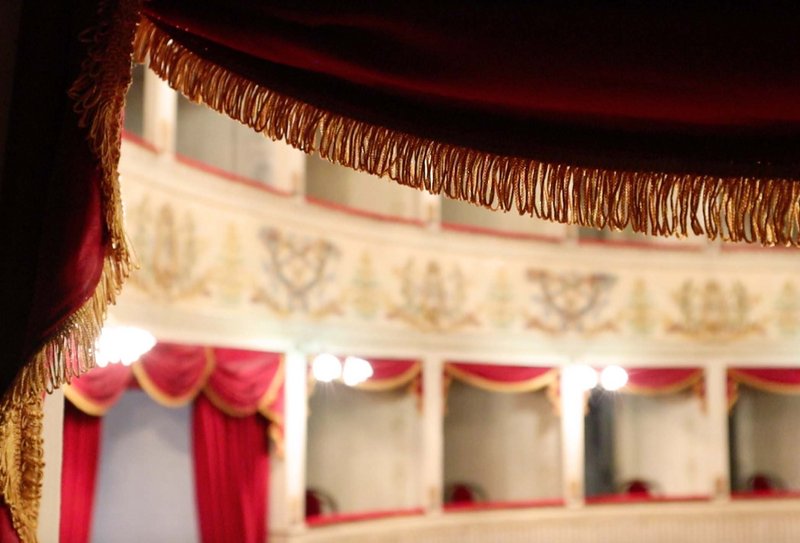 The organisation, repertoire and original scenic materials of Feltre’s Teatro sociale (1797–1866)
The organisation, repertoire and original scenic materials of Feltre’s Teatro sociale (1797–1866)
Deutsch English Français Italiano
Summary
This research project is focused on the theatre in Feltre (Veneto) from 1797 to 1866 – thus at the time when the Hapsburgs governed Veneto, up to the time of Italian independence.
The Feltre Theatre is of great significance as an object of research. First, because it is one of the few places where original scenic materials have survived from the 19th century. Secondly, because as one of the innumerable Italian “provincial” theatres of the 19th century, its unusual wealth of source materials about the theatre business, repertoire and administration means it bears testimony to a vibrant tradition of theatrical practices that have remained little investigated to the present day. In 19th-century Italy, city theatres were one of the few places where groups of people could gather together, and where events could take place at which public opinion could be shaped, monitored and steered. For this reason, the Feltre Theatre is also of immense interest as a centre of opinion-making and of socio-political organisation.
This project will investigate the history of the theatre building, its interior spaces, its scenic materials, its performances, its forms of organisation (directors, impresarios, theatrical troupes etc.), the administration and practices of the theatre company itself, the social localisation of its audience members, and popular tastes. To this end, the Feltre Theatre, its stage materials and repertoire will be analysed using a micro-historical approach in the socio-political context of Hapsburg rule of Lombardo-Venetia. We shall pay special attention to forms of social life and to studying social networks that formed around the Feltre Theatre and its fellow provincial theatres in northern Italy. The relationship of the centre to the periphery and a comparison with other north-Italian theatres and other forms of cultural transfer (both national and transnational) will have a central role in our investigations with regard to repertoire, musical styles and theatre sets.
Theatre as a site of societal exchange and opinion-forming
As the research of the past decades has been able to show (Sorba 2011; Morelli 2012; Pullini 1986), the theatre in 19th-century Italy was a place where urban entertainment practices were manifested. The local urban elites often met at the theatre – not just to attend its performances, but in order to exchange information, to live out social hierarchies and to cultivate their networks. The architecture of a theatre “all’italiana”, for which Feltre is a model example, made such hierarchies visible through its balconies and boxes.
The theatre was also of great significance to the governing authorities. It was one of the few places where different population groups from the town could meet and where city events and festivals in honour of the Hapsburg dynasty could be celebrated. But the theatre was also a public place where the educated classes could easily be supervised – since public opinion was not just being monitored (the police systematically collected information about how people behaved in the theatre) but also steered.